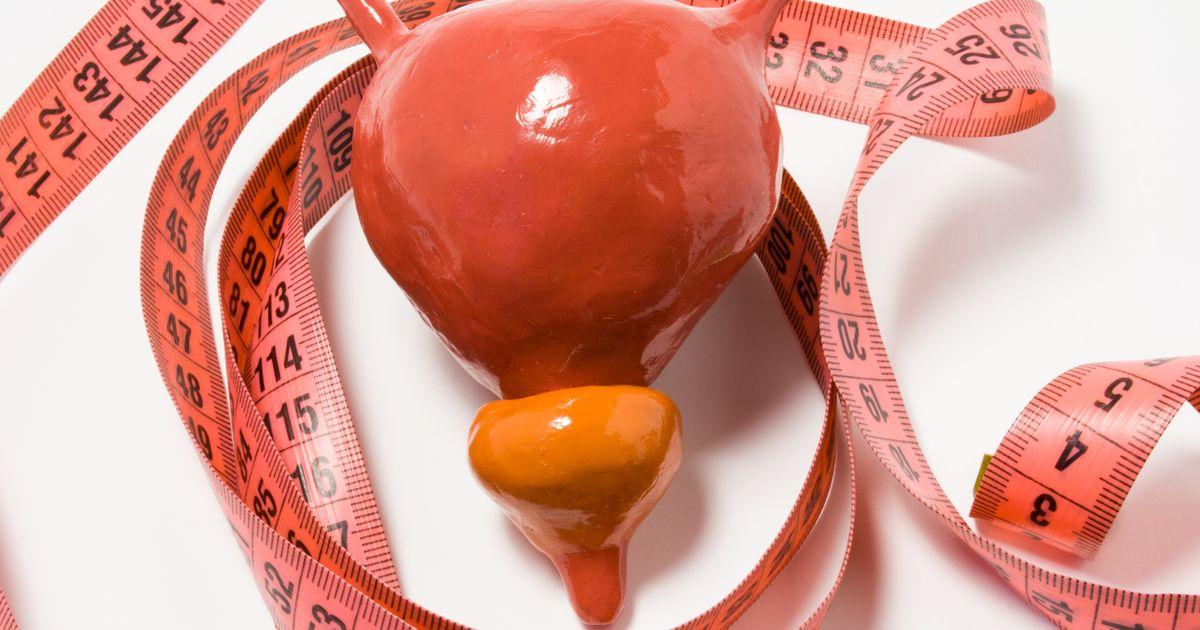How To Treat Cystitis
We do not think about it a lot, but the bladder plays a very important role in keeping the body healthy. If something happens to the bladder, an individual can end up with a lot of pain and other unpleasant symptoms. Cystitis is characterized by bladder inflammation and typically occurs due to a urinary tract infection. Another cause is imbalanced bacteria in the urinary tract. When someone has this condition, they might experience urination changes and urges to urinate, back or abdominal cramping, urine that smells strongly or is cloudy, blood in the urine, and painful intercourse. When cystitis is acute, it tends to resolve by treating the underlying cause, such as a urinary tract infection. However, it can also become a chronic issue, referred to as interstitial cystitis, which affects up to twelve million individuals every year and tends to require more extensive care to avoid complications, such as a reduced bladder capacity and chronic pelvic pain.
Start reading now to get to know the most commonly used treatments for cystitis and its chronic counterpart now.
Bladder Distention

Bladder distention, where the doctor will fill the patient's bladder, might be considered to stretch the bladder. This procedure might help the bladder to handle more urine, giving patients have less urgency and frequency of urination. Bladder distention might be done more than once if patients get enough benefit, and in some cases, medicines such as dimethyl sulfoxide might be instilled into the bladder as part of this process. A catheter is used to get them into the bladder, and local anesthetic might be mixed in as well. For this procedure, the medication is instilled, stays in place for about fifteen minutes, and then patients are asked to urinate to expel it.
Keep reading to discover more treatments for cystitis.
Surgery

While doctors typically only recommend bladder surgery for patients who have severe pain and extremely diminished bladder function, three procedures might be considered if nothing else helps their symptoms. Surgical procedures might be helpful to improve a patient’s ability to control their bladder or to reduce severe pain. Fulguration is a minimally invasive procedure that works to burn off ulcers, which some patients with chronic cystitis develop in the bladder. It uses small incisions and instruments to access the bladder.
Resection is another minimally invasive choice, and it too works to remove any ulcers. The third surgical procedure is bladder augmentation, the purpose of which is to increase the bladder’s capacity to alleviate some of the urinary symptoms. The bladder receives a patch of the intestine to hold more volume. This does improve capacity, but it does not always reduce pain and may require patients to use a catheter to go to the bathroom.
Continue to unveil the next treatment option employed for cystitis.
